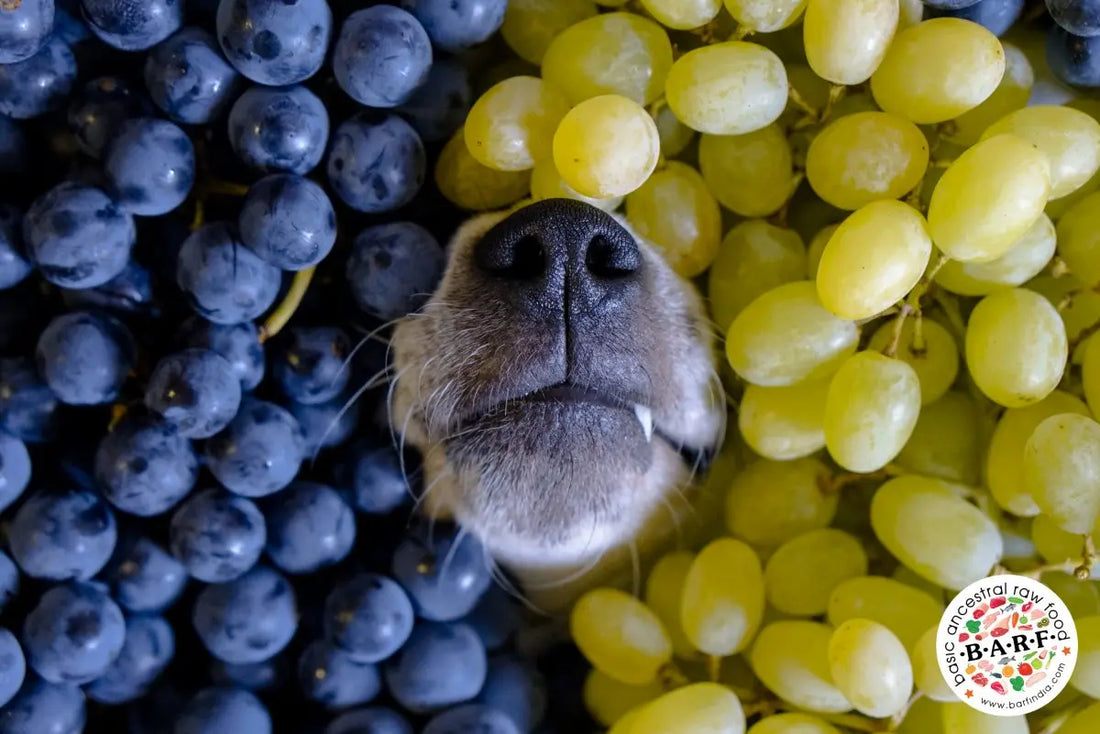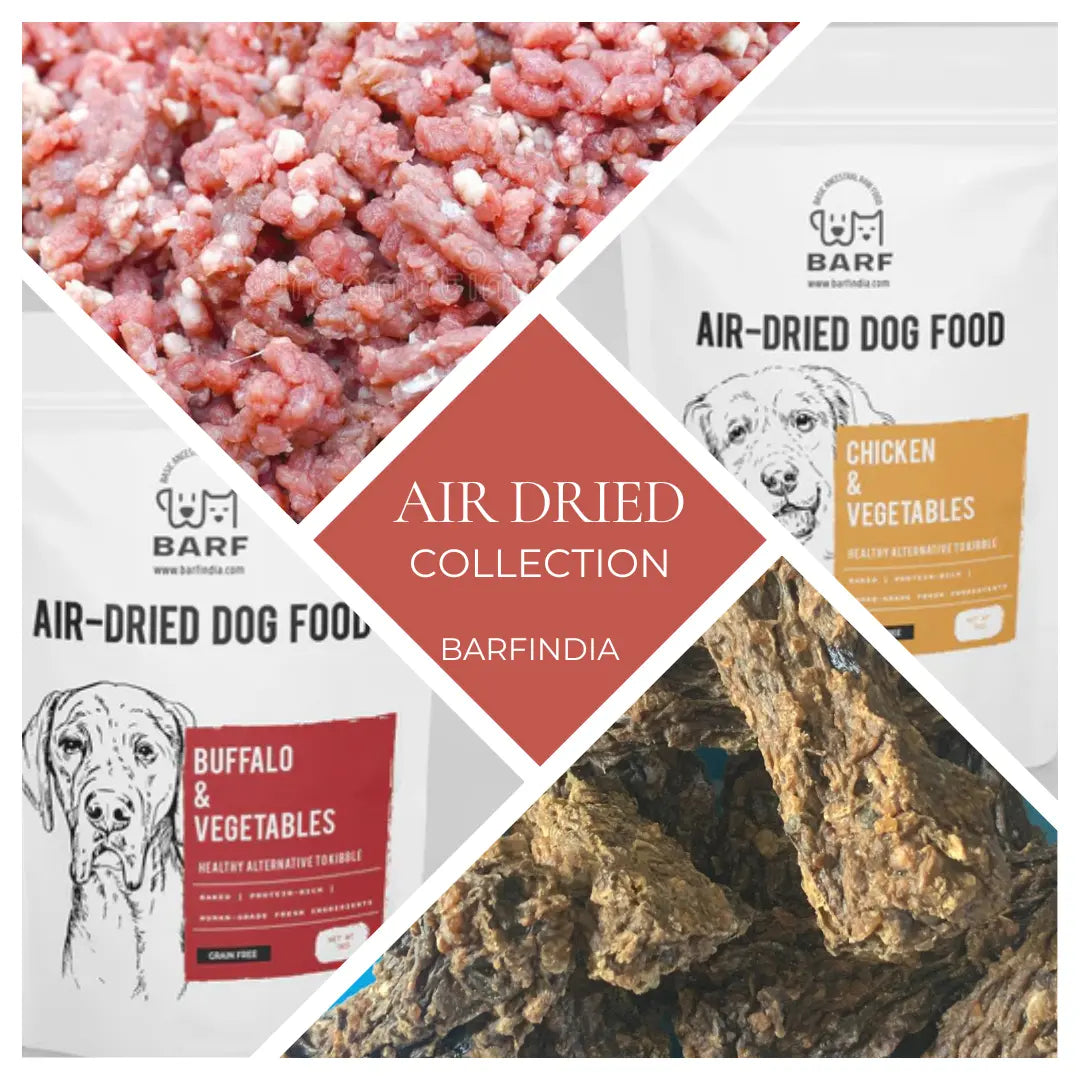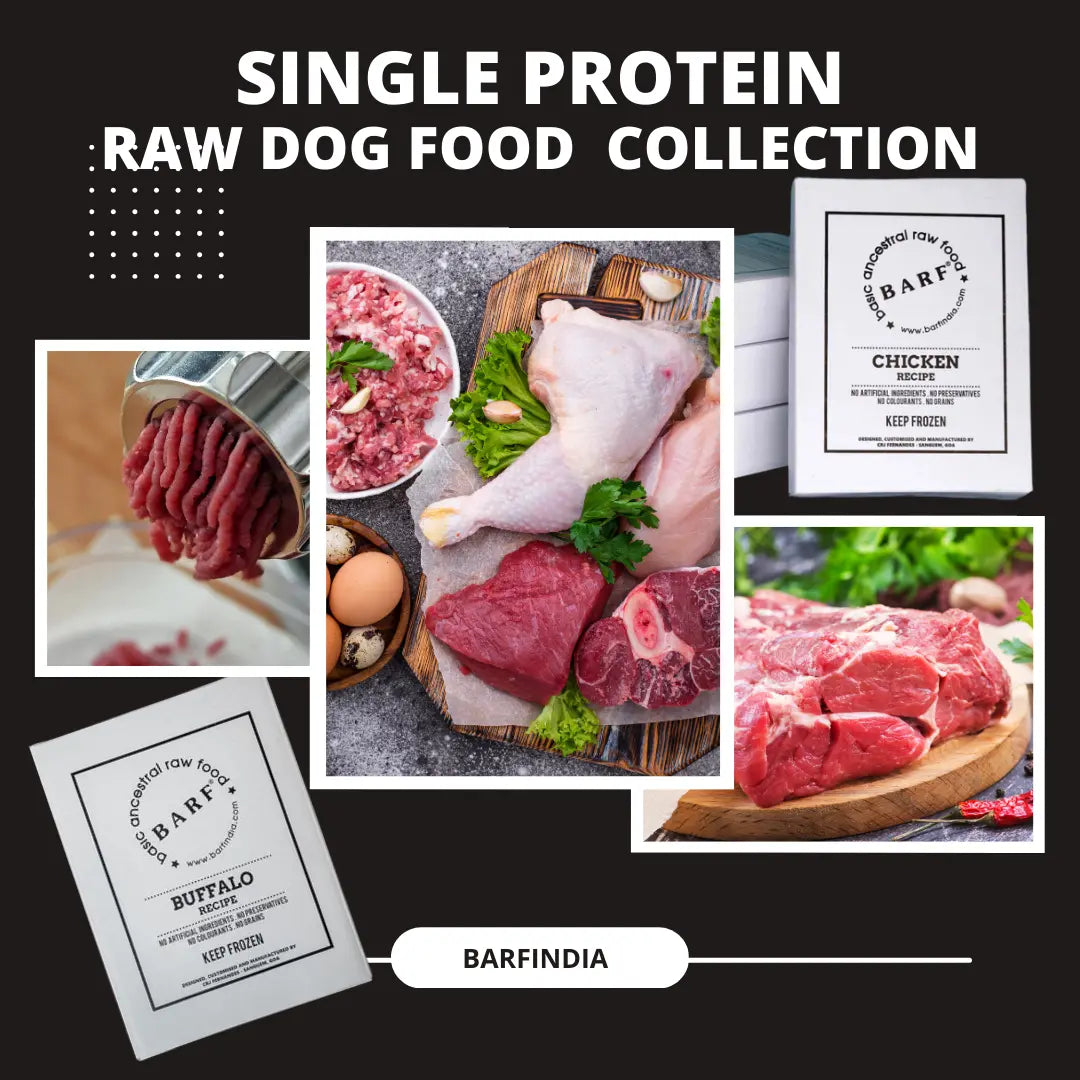
Are raisins poisonous for dogs?
B.A.R.F. India AdministratorAre raisins poisonous for dogs?
The innocent raisin has quite the bad reputation when it comes to dogs and dog health. Some of you might not be aware but this delicious snack dry fruit is potentially toxic, with the reactions ranging from moderate to severe. The toxicity is not limited to raisins alone, but even grapes and grape juice can be dangerous for dogs and, in some cases, cats even. The actual reasons for this are yet unknown, but even small amounts of grapes and raisins, whole or even as an added ingredient to other foods, can prove to be fatally toxic to dogs.
Are Raisins Poisonous for Dogs? What Every Pet Parent Must Know
Symptoms of raisin poisoning
If you believe that your dog has eaten raisins or grapes, you should watch out for these common signs of poisoning:
- Vomiting
- Diarrhea
- Lethargy, weakness and unusual quietness
- Anorexia
- Abdominal pain
- Drinking abnormal amounts of water
- Changes in urination frequency, often passing urine frequently but a very small amount
- Dehydration
- Foul breath
- Oral ulcers
- Tremors
- Seizures
- Coma
As you can see, the reactions can be moderate to downright fatal. If your dog accidentally eats raisins, rush him to the vet immediately without waiting for the signs to show up. Timely treatment is of utmost importance in this case.
Immediate Treatment for raisin poisoning:
A dog eating raisins or grapes is a medical emergency, and you need to start immediate treatment. If you think that your dog has eaten the fruits within the last two hours, you must induce vomiting as soon as possible, before the toxins are absorbed. Having said that, do not induce vomiting if your dog is:
- Unconscious
- Not breathing properly
- Showing signs of distress or shock
- Or if you are not sure of what exactly your dog may have eaten
Chances are your dog might have already vomited as a way to expel the poison. Do not force more vomiting in that case. Call your vet and only if the doctor recommends vomiting try this method at home. For every pound weight of your dog give your dog 1 milliliter (ml) of 3% hydrogen peroxide. You can use either a syringe (without the needle) or a teaspoon (one teaspoon is approx. five ml). Never exceed 45 ml even if your dog’s weight is more than 45 pounds. Squeeze the syringe to shoot the hydrogen peroxide into the back of your dog’s mouth. Watch your dog for the next 15 minutes. If there is no vomiting, try the same method once again, with the same amount. However, if this does not work either, then don’t use it again. Don’t use anything stronger or anything else. Whether your dog vomits or not, you must rush him to the vet. Your dog might need a gastric lavage (stomach washing) or the vet might need to administer activated charcoal to clean any remaining toxins. The vet will begin intravenous fluid therapy to flush the toxins out of the bloodstream and to help the kidneys produce urine. Some dogs might even require medication to now reduce vomiting and to maintain kidney function. At this point your vet could even recommend some laboratory tests, including a complete blood count, a biochemistry profile, as well as urine analysis to monitor kidney function and detect any likelihood of kidney failure. If your dog’s kidneys slowly stop producing urine, the prognosis is not so good. Hemodialysis may be required necessary to support your dog until (and if) the kidneys recover. Some dog owners are even willing to consider kidney transplant, however in most cases, euthanasia is the only practical option once a dog’s kidneys have totally shut down.
How to prevent raisin poisoning:
The easiest way to avoid raisin poisoning is to keep raisins and grapes out of reach of your dog. Dogs will eat absolutely anything they can get their paws on. Make sure everyone in the family knows about the toxic nature of this food as well as all the other foods that are poisonous to pets. This includes chocolate, coffee, onions, garlic, etc. If your dog does accidentally ingest raisins or grapes, acting immediately is the best chance that you can give your dog for survival.





